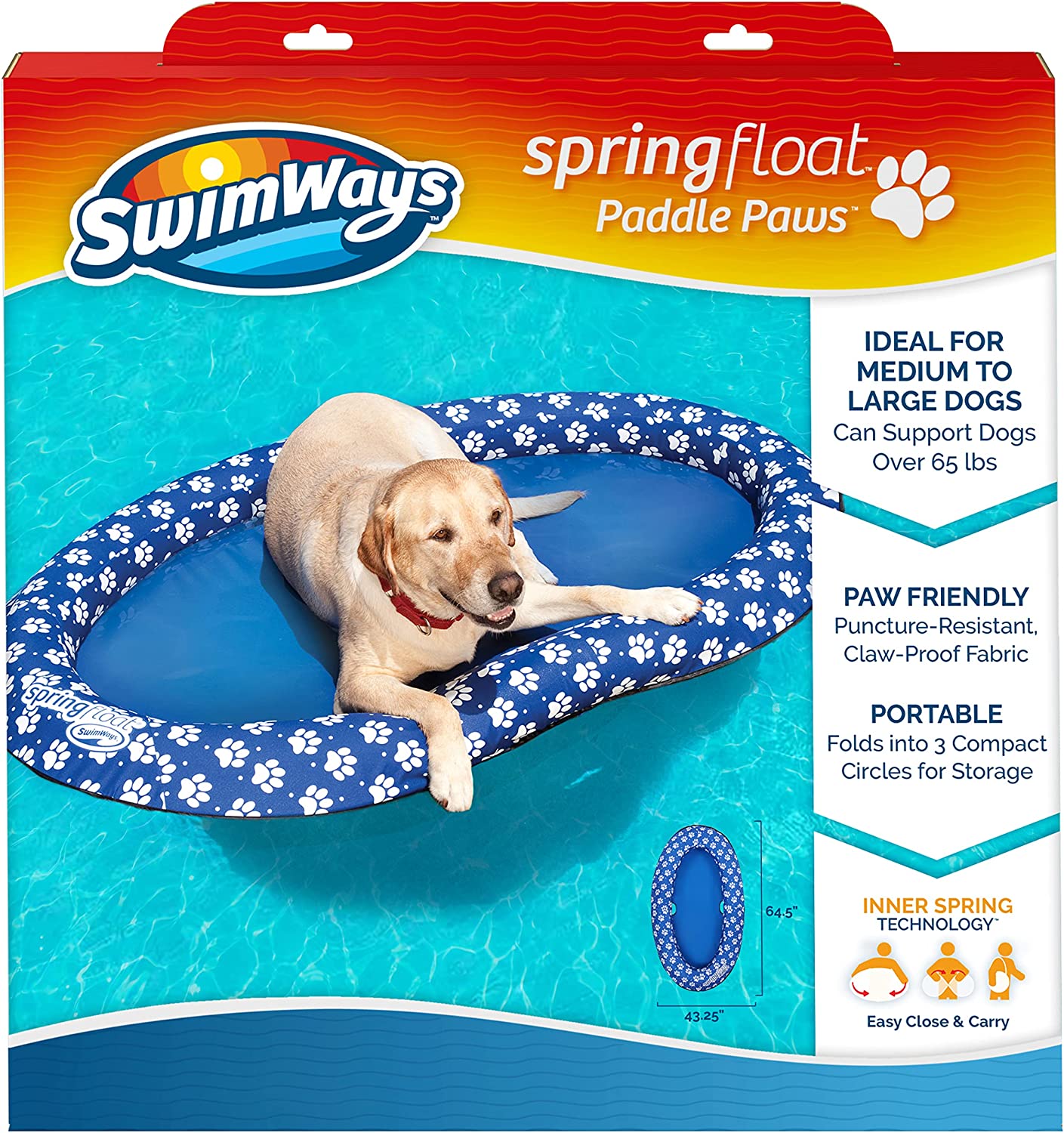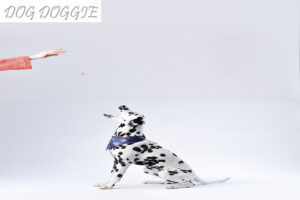How does your dog react when it sees a pool of water? Your dog may immediately jump into any body of water he sees. Alternatively, perhaps your dog views water as the enemy and would do everything to avoid becoming wet. Not all canines naturally like being immersed in water. If so, then can a dog swim?
Your dog’s ability to swim may depend on its breed. Whether your dog is a natural swimmer or not, they still have to be taught to be safe in the water for everyone’s sake. You two might like a trip where you went boating, visited a beach, or slept in a cabin. It’s possible that you, or someone you know, have a backyard pool. Get some advice on teaching your dog to swim and keeping them safe around the water below.
Not Every Breed Is a Natural Swimmer
Think Labrador or Nova Scotia Duck Tolling Retriever. These waterfowl retrievers were developed for hunters. The Portuguese Water Dog was bred to serve fishermen, while the Irish Water Spaniel has curled, water-repellent fur. Most of these canines adore water and are great swimmers.
Michele Godlevski, NADD Dock Diving Judge, Certified Professional Dog Trainer, Certified Canine Behavior Consultant, and owner of Teamworks Dog Training in Raleigh, NC, says certain dogs can swim right away. In contrast, the others aren’t aware of the purpose. “Certain types also have a distribution of weight (Bulldogs, for example) that wouldn’t make it feasible for them to swim very effectively without a life jacket.” In addition, narrow, long-bodied types like Dachshunds may also suffer in the water.
The Importance of a Dog Life Jacket
SwimWays Paddle Paws Spring Float Dog Raft

- Buy On Amazon
Dog swim training begins with buying and installing a life jacket. Then, she suggests, “Buy a comfortable dog life jacket. No of the type. The first encounter should be pleasant, not fearful.”
Trying to throw a pup or small dog in the water is not only a poor idea, but it could also harm the dog’s bravery in a swim for life,” says Godlevski. Godlevski has trained numerous dogs to swim and says it takes guts. Another rationale for the lifejacket. Life vests provide first-time swimmers confidence and courage.
Even fearless dogs who pursue toys or other animals into the water might get into danger. And Your dog shouldn’t worry when the ground disappears.
The drop-off is unexpected.” Life-vest-wearing dogs will float until they figure out how to paddle. when
Godlevski says, “front wheel drive,” another cause the new dog swimmer needs a life jacket. Thus, dogs training to swim push with their front legs while their back legs hang, generally attempting to reach the bottom.” However, a dog wearing a life jacket remains level with the water. When Your dog will soon swim freely.”
Choosing a Dog Flotation Device
It’s essential to choose the right life jacket for your dog, whether it’s a beginner swimmer or a breed requiring a little additional flotation. Not even a seasoned swimmer should be without a well-fitting life jacket. Because of the added buoyancy, your dog will feel more secure and comfortable when it becomes exhausted or confused. One more thing: don’t forget to bring your dog’s flotation gear! Your dog may need a life jacket if they fall overboard while you are traveling through an area with high waves or swift currents.
Find a life vest that is watertight and won’t break the bank. It’s vital that you can modify the size to make sure it fits your dog perfectly. For example, water sports at night need reflective trim. Similarly, clothing with a high-contrast color scheme is an aid to being seen in low light. If your dog needs additional assistance keeping its head above water, you may get a flotation device that fits under its chin.
It’s also a good idea to ensure a grip on the gadget. This will allow you to rescue your dog from the water, catch it if having trouble, and steer it in the right direction as it acquires swimming skills. However, Godlevski suggests ensuring the handle is strong enough to pull the dog out of the water quickly. You may also search for a D-ring that may accommodate a leash. For example, it may come in handy at crowded public beaches.
Water Safety Tips for Dogs
While allowing your dog to swim, Godlevski recommends ensuring the water and air temperatures are at least 80-100 degrees. Cool tail—also known as swimmer’s tail—can occur in canines in cold water. The tail will droop and not wag. Hypothermia is worse for your dog. “
Godlevski warns about water poisoning. Swimming dogs consume too much water. A typical indicator is vomiting up after swimming. Godlevski recommends 10-minute swims to avoid water poisoning. , “Do not toss a big dog toy in the water. A gentle flying disc is excellent. To absorb stomach water after swimming, offer your dog dry or freeze-dried food.”
Godlevski warns of water snakes and snapping turtles if your dog swims in natural water. Finally, Godlevski warns about baited fish hooks in natural waters “Dogs will quickly devour fish bait. Immediately see the emergency vet.” So keep an eye out for water risks, and never leave your dog unattended.
When your dog is outdoors, provide it with shade and clean water. Your dog may drink from the pool, ocean, or lake, which is unhealthy. Remember sunblock. Chinese Cresteds and other hairless dogs may acquire sunburns. ʼ
What if your dog never swims despite your teaching and encouragement? He may enjoy water sports or a smaller swim on hot summer days. Godlevski offers a cooling jacket or plastic kiddie pool. “Some dogs adore baby pools, while others fear the slippery surface. To provide your dog traction, place kennel decking or a circular-holed rubber drainage pad on the bottom.”
Read More:











